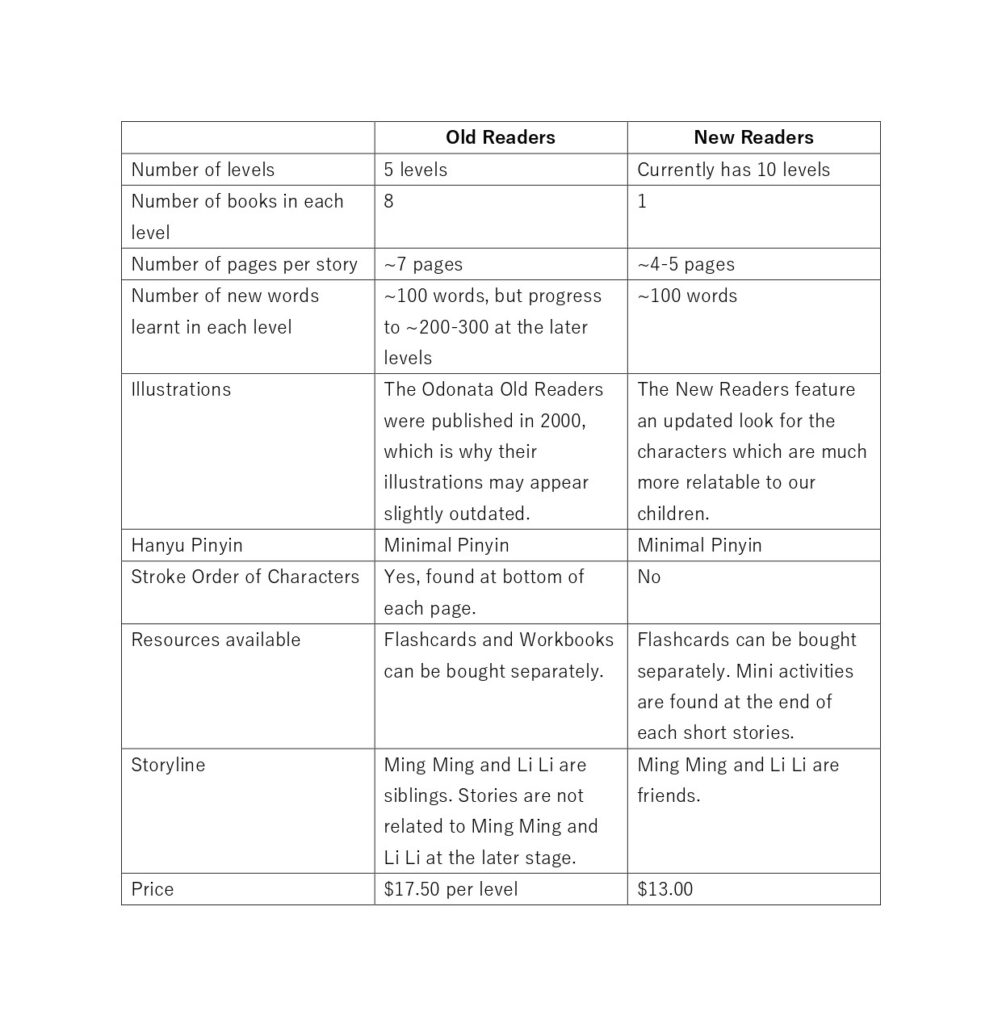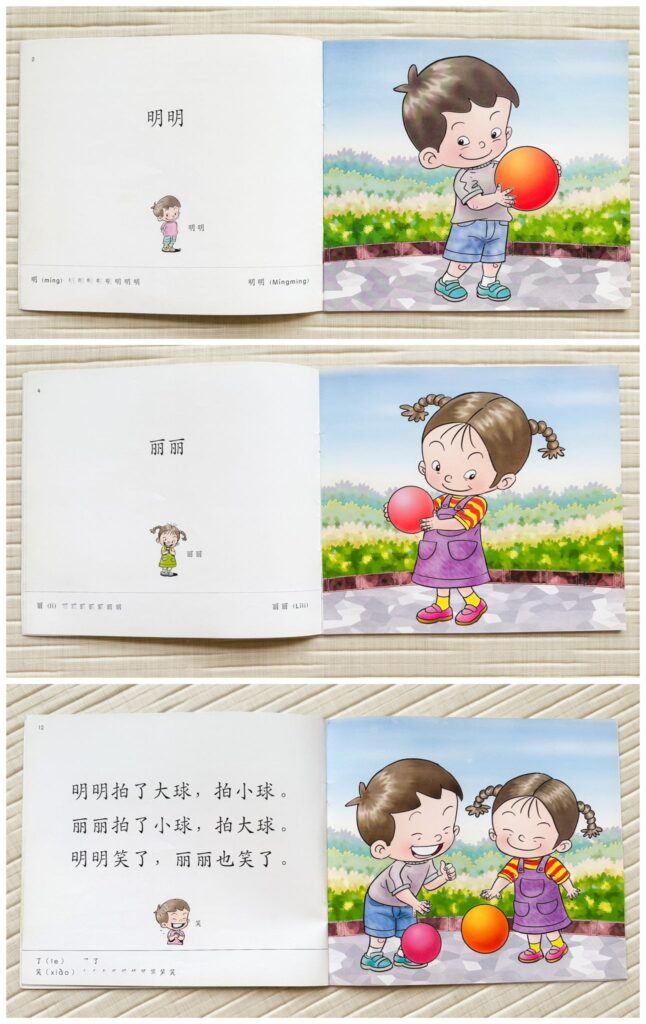Odonata Publishing is a Malaysia-based publisher for the Odonata Chinese leveled readers. The Old Readers were published in 2000, and have consistently maintained their popularity over the years. They are also well known for providing high-qualify readers at an affordable price point.
For those who are new to leveled readers, they are books that have been specifically designed to help children improve their reading skills at different level of difficulty. They are typically categorized according to a reading level system, which can be based on a variety of factors such as vocabulary, sentence structure, and overall complexity. Leveled readers can be used to provide targeted reading practice and support for children at different stages of their reading development. The goal is to provide children with reading material that is challenging enough to help them improve their skills, but not so difficult that it frustrates or discourages them.

At present, Odonata Publishing offers two editions of their leveled readers – 读故事学认字(New Readers) and 学前阅读计划 (Old Readers). I was informed that the Old Readers will no longer be updated and will be discontinued once all copies are sold out.

Today I will be comparing the key differences between the Old and New Readers

Illustrations
The Odonata Old Readers were published in 2000, which is why their illustrations may appear slightly outdated. The New Readers feature an updated look for the characters which are much more relatable to our children.

Level of Difficulties
The old readers comprise of 5 levels with 8 books in each level. The books start with a vocabulary of 100 words and progress up to 1200 words.

The New Readers series currently has of 10 levels. Instead of 8 individual books per level, short stories have been combined into one book per level. Each level introduces ~100 new words.
The Old readers cover a vocabulary of up to 1200 words across 5 levels, whereas the New Readers teaches vocabulary of up to 1000 words spread across 8 levels, indicating a slower pace of progression in the New Readers.

It’s important to note that in the Old Readers, the difficulty increases more rapidly after the first 200 words, with levels progressing from 300-400 words to 500-800 words, and finally to 900-1200 words.

This means that the difficulty level increases at a faster rate with fewer books in each level, which can be challenging for younger children.
Depending on how well your child is at learning new words, it might be worth considering getting 300 words from the New Readers or other resources that cater to specific learning needs.

Sentence
In Level 1 of the Odonata Old Readers begin by introducing characters and gradually move towards longer sentences.

Unlike the old readers, the first page of Level 1 is considerably longer, and there is no word list provided on the first page to indicate the required vocabulary for each story.

Storyline
It’s worth noting that there is a difference in the character relationship between the Old and New Readers. In the Old Readers, Ming Ming and Li Li are siblings, while in the New Readers, they are portrayed as friends.
If you are using both Old and New Readers alongside, it’s possible that some children may find it confusing, but we can help them understand by relating it to situations where they have friends with similar names.
In my personal opinion, I believe that the Older Readers are better suited for younger children, starting from the age of 3. However, it may become more challenging for them as the word count increases from 300 words and onwards. Alternatively, you could consider buying 300 words onwards from the New Readers or other resources.
New Readers would be more appropriate for children aged 4+. However, the New Readers can definitely be used hand in hand with the Old Readers to reinforce words learnt.
Comments (0)